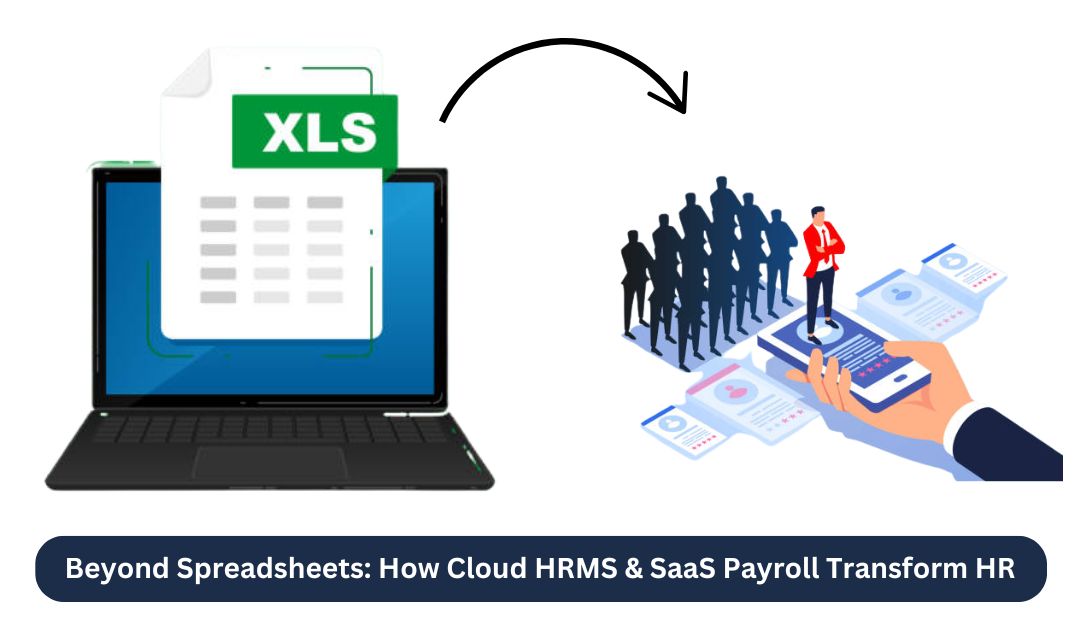Leveraging Exchange Rate JSON for International E-commerce Success

Interconnected world, businesses of all sizes are expanding their reach across borders. International e-commerce offers an unprecedented opportunity to tap into global markets, but it comes with its own set of challenges—chief among them being the management of fluctuating currency exchange rates. Leveraging exchange rate JSON data can be a game-changer for e-commerce businesses, helping optimize pricing, enhance customer experience, and streamline international transactions.
The Importance of Real-Time Exchange Rate Data
Currency values fluctuate continuously due to various economic factors like inflation, interest rates, and geopolitical events. For e-commerce businesses, this presents a challenge—pricing must remain competitive and accurate in real time to maintain customer trust and profitability.
This is where exchange rate JSON data comes into play. JSON (JavaScript Object Notation) is a lightweight data-interchange format that makes it easy for e-commerce platforms to retrieve and integrate live exchange rates into their systems. By using real-time exchange rate JSON, businesses can adjust prices dynamically, ensuring that customers are always quoted accurate and fair rates in their local currencies.
Optimizing Pricing with Exchange Rate JSON
One of the primary benefits of leveraging exchange rate JSON is the ability to optimize pricing strategies. In the competitive landscape of international e-commerce, customers are highly sensitive to price changes, especially when purchasing in foreign currencies. If prices are too high due to outdated or inaccurate exchange rates, potential customers may abandon their carts. Conversely, underpricing products can cut into your profit margins.
By integrating live exchange rate JSON data, businesses can:
- Adjust prices in real time: Ensure that the prices displayed to customers reflect current exchange rates, avoiding discrepancies that could lead to cart abandonment or financial losses.
- Set automated pricing rules: E-commerce platforms can use the data to set rules, such as maintaining a consistent profit margin despite exchange rate fluctuations. For example, a retailer can automatically update prices if the exchange rate fluctuates beyond a certain threshold.
- Enhance customer transparency: Displaying real-time exchange rates helps build trust with international customers, as they know they are being charged fairly based on the latest currency values.
Streamlining International Transactions
Aside from pricing, exchange rate JSON data is critical in streamlining cross-border transactions. For e-commerce businesses, seamless payment processing is key to providing a positive customer experience. Payment gateways that utilize real-time exchange rate JSON data allow for efficient currency conversion, reducing delays and errors in the transaction process.
Benefits for Payment Gateways:
- Accurate conversion: Integrating exchange rate data ensures that the final payment amount reflects the current market rates, eliminating the need for manual calculations.
- Reduced transaction fees: Some payment processors charge higher fees if they must manually convert currencies. Automating the process with real-time exchange rate JSON can lower these fees.
- Faster processing: Automated currency conversion through exchange rate APIs allows for quicker checkout and settlement, reducing delays and improving the customer experience.
E-Wallets and Alternative Payment Methods
As global e-commerce grows, more customers are opting for digital wallets and other alternative payment methods. Many of these payment platforms already leverage exchange rate JSON data to offer instant currency conversions. By integrating with these systems, businesses can appeal to a broader customer base, accommodating diverse payment preferences and ensuring smooth international transactions.
Enhancing Global Marketing Strategies
Using exchange rate JSON doesn’t just optimize transactions—it can also fuel your marketing strategy. Many e-commerce businesses run international promotions, offering discounts, flash sales, or exclusive deals for different regions. However, without accurate exchange rate data, these promotions can backfire, leading to either disappointing sales or unintended losses.
Here’s how exchange rate JSON can help improve your marketing efforts:
- Localized pricing for promotions: With real-time exchange rates, you can offer region-specific discounts that reflect the economic conditions of the target market. For example, offering a 10% discount on a product in the US may not have the same impact in Europe unless exchange rates are considered.
- Personalized marketing campaigns: With access to real-time exchange rate JSON data, you can create more targeted campaigns based on currency trends. If a certain currency strengthens, you can encourage customers from that region to make purchases while the exchange rate is favorable.
- Improved ROI on advertising: For businesses running international ads, aligning pricing with local currency values ensures a higher return on investment (ROI). Accurate pricing reduces the risk of potential customers clicking on ads only to abandon their carts due to pricing discrepancies.
Integrating Exchange Rate JSON into Your E-commerce Platform
So, how can businesses start utilizing exchange rate JSON for success? The process is simpler than you might think. Most e-commerce platforms offer plug-ins or APIs (Application Programming Interfaces) that allow for easy integration of exchange rate data.
Steps for Integration:
- Choose a reliable exchange rate API: Many providers offer exchange rate JSON APIs that deliver accurate and real-time data. Some popular options include Open Exchange Rates, CurrencyLayer, and ExchangeRate-API.
- Customize pricing rules: Once integrated, customize your pricing settings to account for exchange rate fluctuations. Many platforms allow you to set thresholds for price adjustments, ensuring that your prices remain competitive while preserving profit margins.
- Test and monitor performance: After integration, regularly test the system to ensure that pricing updates occur as expected. Monitoring exchange rate trends can help you make informed decisions about future pricing strategies.
Conclusion
In the fast-paced world of international e-commerce, businesses that leverage real-time exchange rate JSON data gain a competitive edge. From optimizing pricing to streamlining transactions and enhancing global marketing strategies, this technology offers tangible benefits that can drive sales and improve customer satisfaction. By integrating exchange rate JSON into your platform, you ensure that your business is well-equipped to handle the complexities of international trade.
Ready to take your e-commerce business to the next level? Sign in to explore how exchange rate data can transform your global strategy!











